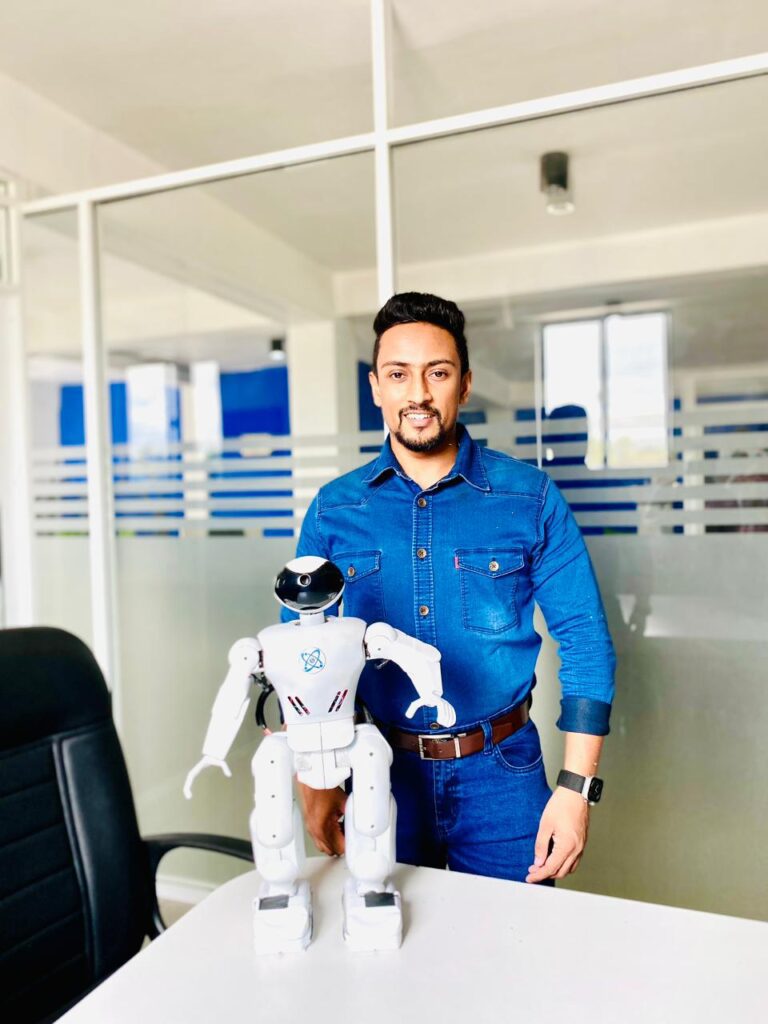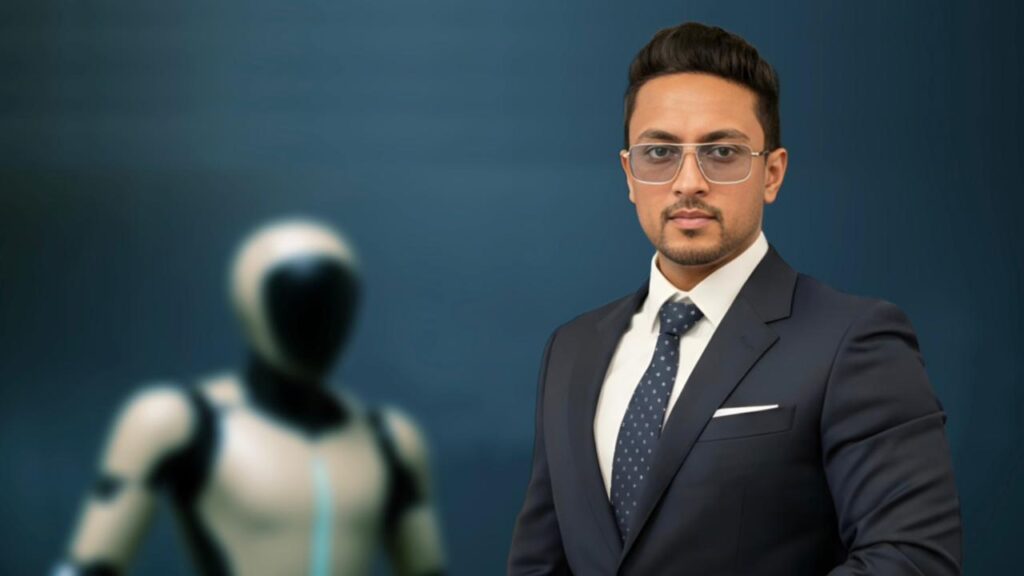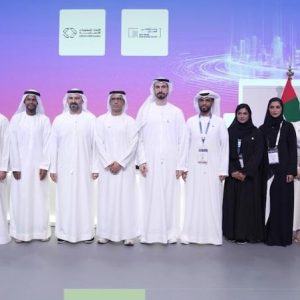In the misty hills of Nuwara Eliya, Sri Lanka, a curious boy named Sahan Yapa would often stare at the world and wonder how the human body and mind worked in harmony. That early curiosity, combined with a hunger to understand, would later drive him to create machines that could move, think, and even feel. “I wanted to recreate a human,” he says quietly. “And the closest path was robotics.”
Life did not offer him any shortcuts. Without access to formal education, Sahan took matters into his own hands. At ten, he designed a pneumatic actuation system inspired by simple mechanical principles. By eleven, he had built an electronic security system, experimenting with circuits that could sense and respond. At twelve, he started writing software. Each small project taught him an important lesson: intelligence and innovation were not defined by access, but by persistence and curiosity.
Years of meditation and careful observation further deepened his fascination with the connection between thought and movement. He began to see how invisible intentions become visible actions, how the mind guides the body. “I wanted to recreate that same harmony through software, electronics, and mechanical design,” he explains. “To represent the human experience in a machine form.”

The Birth of Spera A Name that Means Hope
Driven by purpose, Sahan founded Spera, a name derived from hope. From a single desk, he built what would become South Asia’s first humanoid robotics company. Today, Spera employs a team of about 40 engineers working across artificial intelligence, electronics, and mechanical design. Their collective mission is not just to create robots, but to create machines that can connect emotionally with humans.
Among Spera’s most notable innovations is a humanoid robot capable of movements faster than almost every full sized humanoid robot in the world. There is BarkVision, a wearable technology that helps humans understand their dogs, interpreting emotions and behaviors in real time. Another breakthrough is the Human Face Clone, a lifelike replica that captures and reflects human emotions with remarkable accuracy.

These innovations are not just technological feats, they are steps toward a future where machines can interact with humans on a deeper, empathetic level.
Recognition and Global Impact
In 2025, Sahan Yapa’s vision and leadership were recognized on the global stage when he was named Best Innovative AI Company CEO at the Global Peace and Hospitality Summit in Dubai. For him, the award was more than recognition, it was a bridge between dreams and reality. “Dubai gave me the platform to turn my vision global. The city believes in the impossible. It helped me prove that anything built from purpose can reach the world,” he shares.
Spera now operates between Colombo and Dubai, with plans to expand further. The company is not only setting new benchmarks in robotics but also sharing its success globally, inspiring young innovators to dream big.
Technology with Purpose Giving Back to Life
While Spera is at the cutting edge of humanoid robotics, its mission goes beyond machines. A portion of the company’s profits supports programs for the underprivileged and provides meals and care for stray animals. For Sahan, technology has no real meaning if it does not give back to life. “Creating something extraordinary is important, but making a positive impact on the world is what truly matters,” he says.
This philosophy is embedded in the company’s culture. Engineers and researchers are encouraged to think not only about innovation but also about its impact on society. It is this balance of technical brilliance and empathy that defines Spera and its founder.
A Glimpse into the Future Robots with Awareness
Sahan Yapa envisions a future where robots are more than intelligent machines, they are aware and empathetic companions. “The next revolution won’t be about how fast machines move,” he says. “It will be about how deeply they understand us.” This perspective challenges the traditional focus on speed and strength in robotics, highlighting instead the potential of machines that connect with human emotion and awareness.
Spera’s ongoing projects aim to achieve exactly that. From robots that can understand human gestures and expressions to devices that interpret the needs of pets, Spera is building a future where machines serve not just as tools, but as companions and assistants that enrich human life.

The Journey of a Self Taught Innovator
Sahan Yapa’s story is one of perseverance and vision. From a boy with no access to formal schooling to the founder of a pioneering robotics company, his journey is inspiring. Each small project in his childhood, from simple mechanical devices to complex software, was a stepping stone toward a greater goal, creating machines that mirror the intelligence, emotion, and awareness of humans.
His personal philosophy of combining purpose with innovation is evident in every Spera project. Every robot, wearable device, and cloned human face is a testament to a belief that technology should be both smart and compassionate.
Balancing Innovation with Empathy
Spera’s work demonstrates a unique approach in the tech world, merging intelligence with empathy. While most companies focus solely on efficiency or functionality, Spera emphasizes understanding and interaction. This balance is what sets the company apart in the competitive field of robotics.
Sahan also emphasizes the importance of nurturing young talent. His team, though small, is made up of engineers and developers who are not just technically skilled but also share his vision of creating meaningful, empathetic technology. This human centered approach ensures that Spera continues to innovate while staying grounded in its core mission.
Looking Ahead A World Where Machines Understand Us
As Spera expands its footprint globally, the focus remains on building machines that enhance human life. Sahan dreams of robots that understand emotions, anticipate needs, and assist in daily life without replacing the human connection. “The greatest technology ever created is the human mind itself,” he often reminds his team, reinforcing the idea that innovation should enhance, not overshadow, humanity.
Spera’s journey from a small desk in Colombo to international recognition is a story of vision, determination, and heart. It shows that technology, when paired with empathy, can create meaningful change and inspire generations to come.
Conclusion A Legacy of Hope and Innovation
Sahan Yapa’s story is far from over. From a young boy curious about the human body to a global innovator, his journey reflects the power of self learning, persistence, and a purpose driven vision. Through Spera, he is not only redefining robotics in South Asia but also creating a blueprint for innovation that combines intelligence with compassion.
As Spera continues to explore the frontiers of humanoid robotics, Sahan’s guiding principle remains clear, create machines that think, feel, and give back to life. In doing so, he ensures that the legacy of hope and innovation will inspire countless others for years to come.
Do follow him on Instagram
Read Next – Sheikh Hamdan Approves First Dubai Student Council














